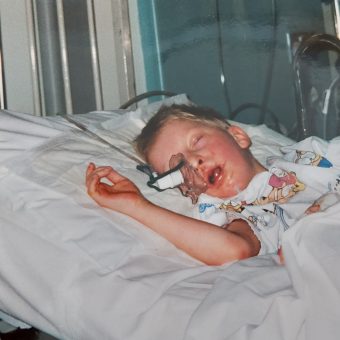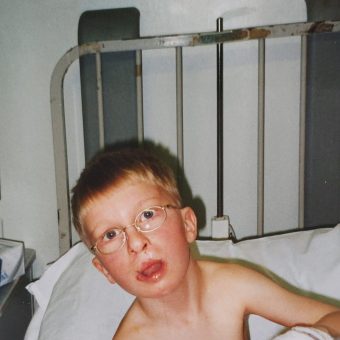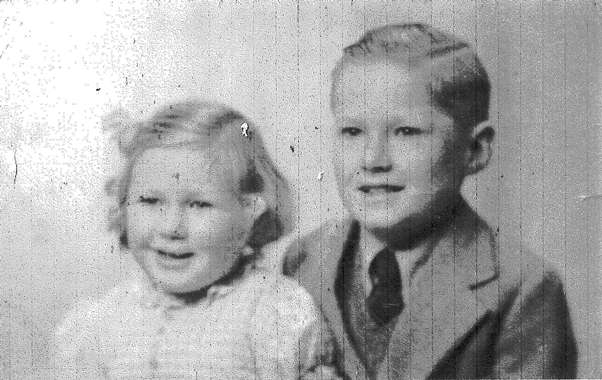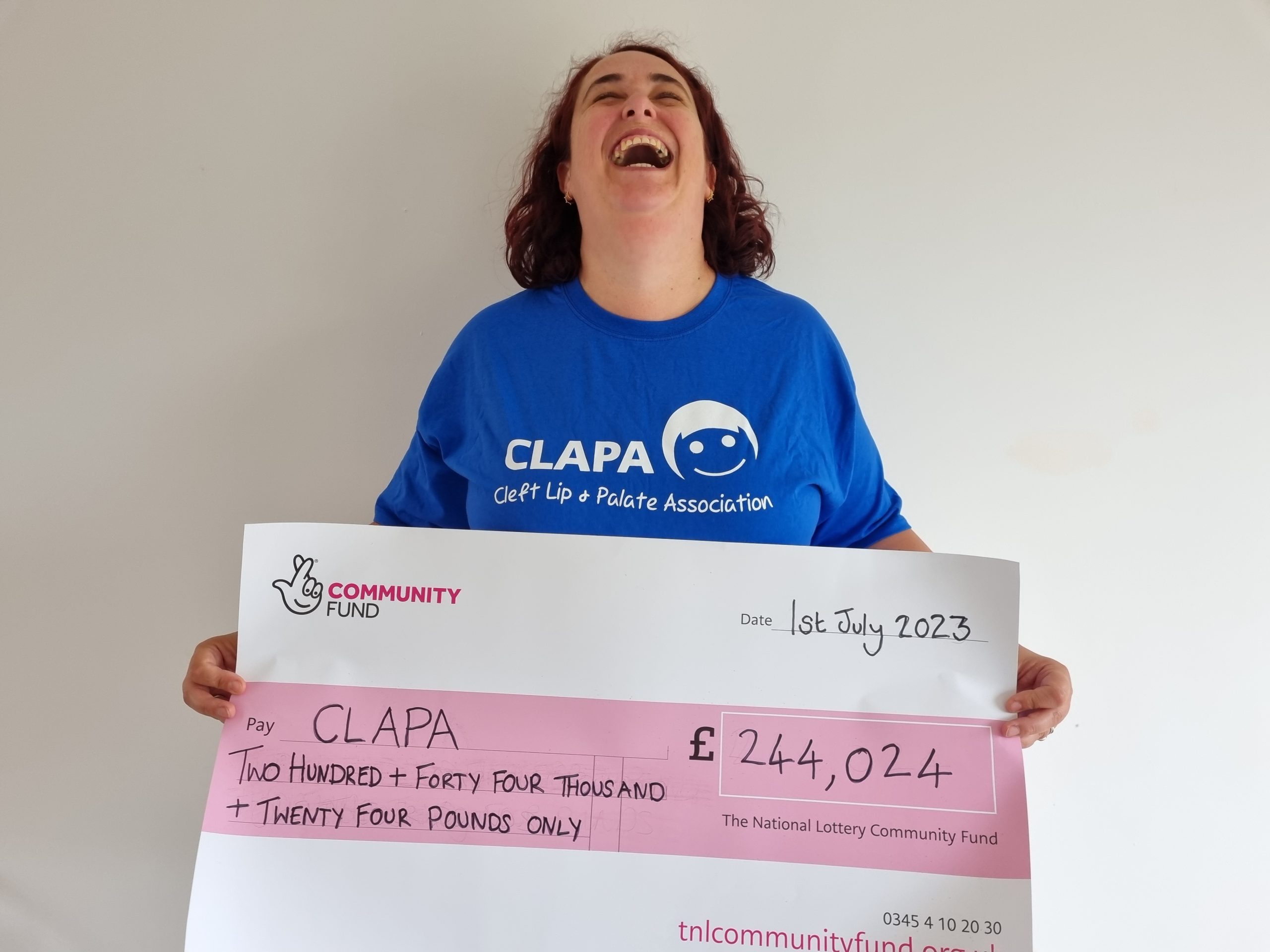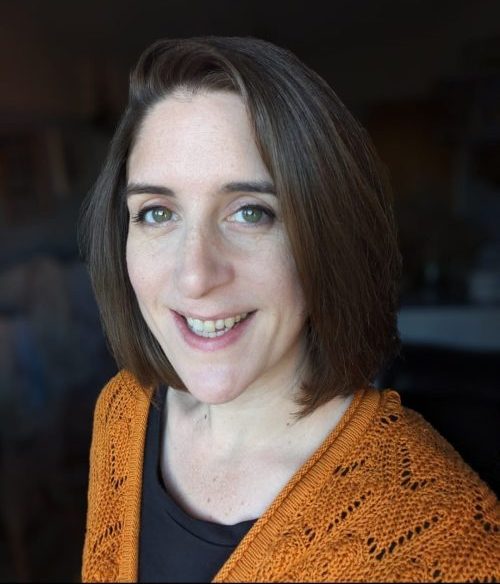
Michael’s Story
In reflecting on his 20 years of treatment at Great Ormond Street Hospital, Michael, who was born with a bilateral cleft lip and palate, composed two music pieces of music: his Great Ormond Street Hymn, and Symphony No.1. Scroll down to learn about his cleft journey and find out why he wanted to write music.
I was born in The Netherlands in 1998 with a bilateral cleft lip and palate. Although the Dutch medical system is fantastic, they didn’t really know how to deal with my sort of cleft at the time, so they ended up messing up my lip twice and destroying my palate.
Then in March 2001, I moved to the UK so I could be a patient at Great Ormond Street Hospital in London under the care of the cleft team. Over the last 20 years, they’ve given me the best treatment I could’ve received as well as reversing the damage done in The Netherlands and more, which is partially what influenced me to write these two pieces.
The Great Ormond Street Hymn
The Great Ormond Street Hymn is, how I feel, a representation of the hospital chapel, with the blush chords and slow pace being a representation of its serenity and beauty. As the name suggests, this is a peaceful composition to reflect that although there’s a lot of pain within the hospital, there are also many opportunities for reflection, especially in the chapel and gardens.
Symphony No.1
This then also used this as an inspiration for parts of Symphony no. 1, which I see as a reflection of my time as Great Ormond Street and maybe others who are in a similar situation to me. The main inspiration for the piece is that I feel that there’s a lack of music that I feel truly represents the hospital as a whole, so I wanted to create something that has a child-like, but also a sombre sound, that represents the patients, parents and staff alike. Regarding the movements, I like to use the following descriptions:
Movement 1: Entering the hospital for the first time. Going to a new hospital can be daunting for anyone, especially for a parent when it’s their own child in question. The start of the movement starts off peacefully but quickly goes into a slightly darker theme as a wave of panic comes in for a brief moment. The 1st and 2nd themes come in, which show the highs and lows of visiting GOSH. The development then goes into a dream-like sound as more of the hospital is explored by the new patient and parent before it returns to the 1st and 2nd themes, before a bright finale to the movement.
Movement 2: St Christoper’s Hymn. St Christopher is the patron Saint of Travelling and lends his name to the hospital chapel, which was built in 1875 by London based architect Edward Middleton Barry. As a place of peace, the chapel is a place of reflection for patients, parents and staff.
Movement 3: Waltz of the Flowers. The gardens at Great Ormond Street were part of the Chelsea Flower Show in the summer of 2016 to advertise the hospital and to raise funds. After it ended, the plants were then transported to the hospital and then installed in the BBC program ‘DIY SOS’, where it then opened in November that same year, making it one of the newest parts of the hospital. Being one of the few outdoor areas of the hospital, it provides a peaceful respite for patients, parents and staff.
Movement 4: Operation GOSH. The hospital sees around 250,000 patients each year, many of which come in via ambulance with life-threatening conditions, which is what this movement captures in 3 parts. The 3rd part/finale is where the child is revived and makes a full recovery, and makes a glorious exit from the hospital, although, at the same time, it could signify the end of a memorable/nostalgic time for many who spent many years of their childhood in the hospital.
Although I’ve come to the end of my journey at Great Ormond Street, I can now move on to great opportunities in the Merchant Navy and continue under the same team, albeit at the Royal London hospital, for further treatment in the future. Regardless of this, they’ll always have a special place in my heart that I’ll never let go of or forget.
Thank you for sharing, Michael!
